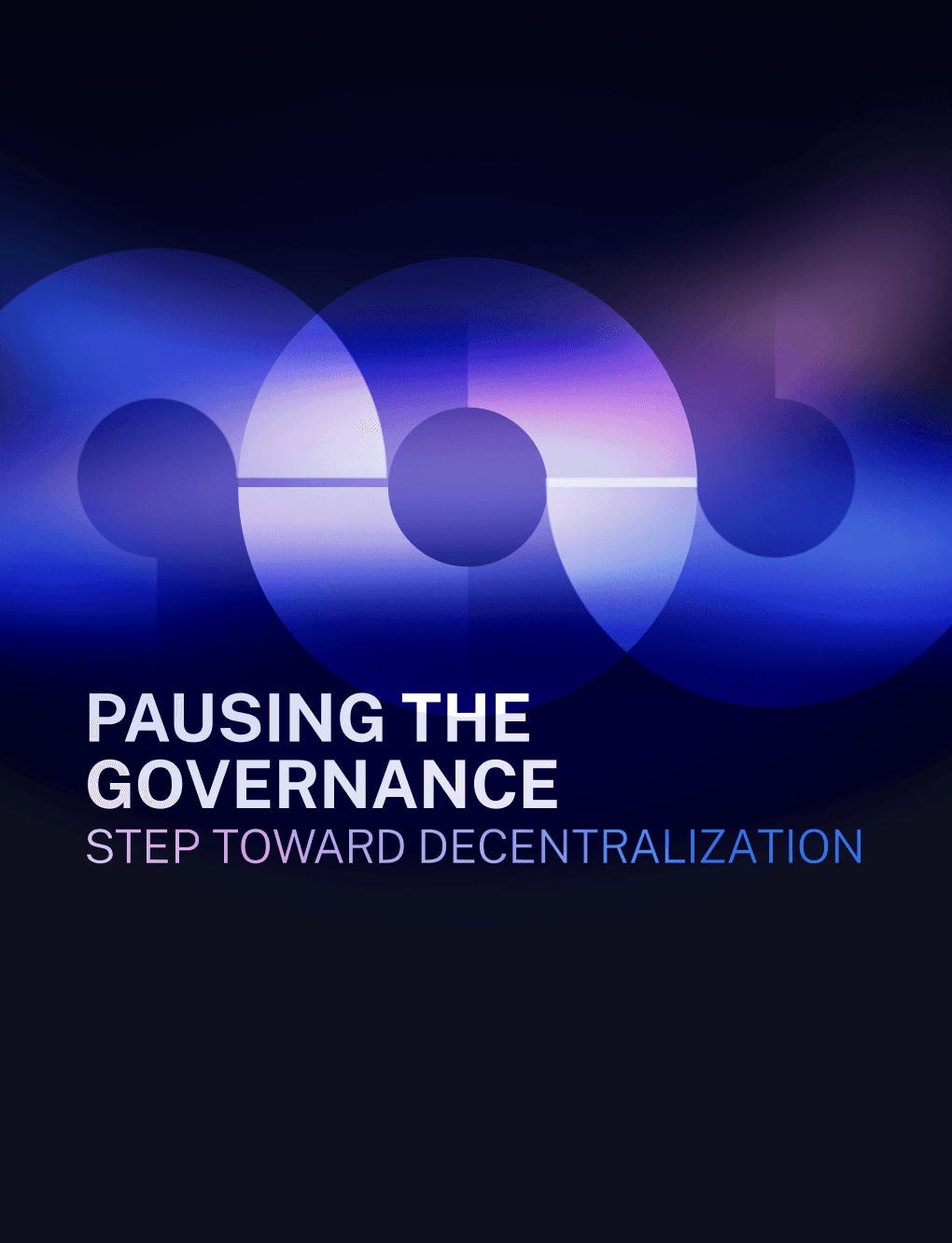The current challenges faced by intent-based systems for cross-chain interactions primarily revolve around ensuring sufficient liquidity and maintaining a robust network of active fillers (otherwise referred to as ‘solvers’ or Executors, in the case of t3rn) across multiple blockchain networks. As the number of interoperability platforms grows, these challenges can lead to suboptimal user experiences, characterized by increased costs, extended wait times, and higher rates of transaction failures.
The ERC-7683 proposal emerges as a valid attempt to facilitate standardization across diverse blockchain protocols. This proposal advocates for a unified format for expressing and executing user intents, such as swaps, staking, and lending, across different blockchains. By establishing a clear definition and cross-chain compatibility for intents, ERC-7683 aims to simplify integration for Executors, enhance security, and foster a more interoperable ecosystem.
Implementing a standardized approach for these systems can facilitate interoperability and shared infrastructure utilization, such as order dissemination services and filler networks. This standardization can greatly enhance the efficiency and effectiveness of executing user intents across different chains, ultimately improving the overall user experience by fostering competitive execution of transactions. Uniswap Labs and Across Protocol introduced ERC-7683 as a strategic initiative to standardize the way intents are expressed and executed across different blockchain protocols. This standardization is pivotal for the development of a more interoperable and efficient DeFi ecosystem. ERC-7683 provides a framework that simplifies the process for Executors (or solvers) by creating a common language and method for handling user intents across various blockchain platforms.
Amidst these advancements, t3rn introduces a novel framework designed to optimize cross-chain executions efficiently and securely. Leveraging a layered architectural approach that encompasses storage, validation, settlement, and consensus, t3rn enhances the functionality and scalability of cross-chain transactions.
t3rn utilizes intent-based bridges to treat cross-chain operations atomically, ensuring that transactions either complete entirely across all involved blockchains or not at all. This method prevents the partial executions that could lead to inconsistent states across different blockchains.
t3rn Intents aka Cross-Chain Orders (XCO)
t3rn's approach to handling intents is manifested in its "cross-chain orders" (XCO), which use atomic transactions combined with trustless verification through inclusion proofs. This system ensures that transactions are executed fairly and cost-effectively, thanks to a reverse auction mechanism that allows Executors to bid for transaction execution. This competitive process not only ensures cost-effectiveness but also drives fairness across the network.
The role of Executors in the t3rn network is pivotal, as is that of solvers in an intent-based system. They act as third-party agents who facilitate the swift transfer of assets across chains. Executors use their own assets to fulfill user requests promptly, bearing the risks associated with finality delays or potential losses. In return, they earn fees for their services, akin to a short-term loan provided to users for quick asset access.

The Future of DeFi with ERC-7683 and t3rn
Looking forward, the implementation of standards like ERC-7683 alongside innovative platforms like t3rn could herald a new era in DeFi. Such developments promise enhanced flexibility, reduced constraints on financial strategies, and a more accessible, secure, and efficient blockchain environment.
By fostering a standardized and interoperable framework, these technologies are set to revolutionize the way we perceive and engage with DeFi platforms, ultimately driving the adoption and innovative use of blockchain technology across various platforms and applications. The collaboration between standardized intent formats and advanced cross-chain solutions like t3rn paves the way for a truly decentralized financial system, promoting a vibrant ecosystem for developers, validators, and users alike.
Join Multichain Matters
Join our newsletter to receive high-quality content like this, alongside the latest web3 tech and t3rn updates, exclusively in your inbox once a month. Don't miss out on exclusive access at no cost. Join alongside +15,000 subscribers - no spam, only value.
Never miss a t3rn.
The t3rn update trusted by 20,000+ and growing. Founder Maciej Baj delivers the most important product updates, ecosystem alpha, and exclusive insights. Once a month, No fluff, just what matters.










